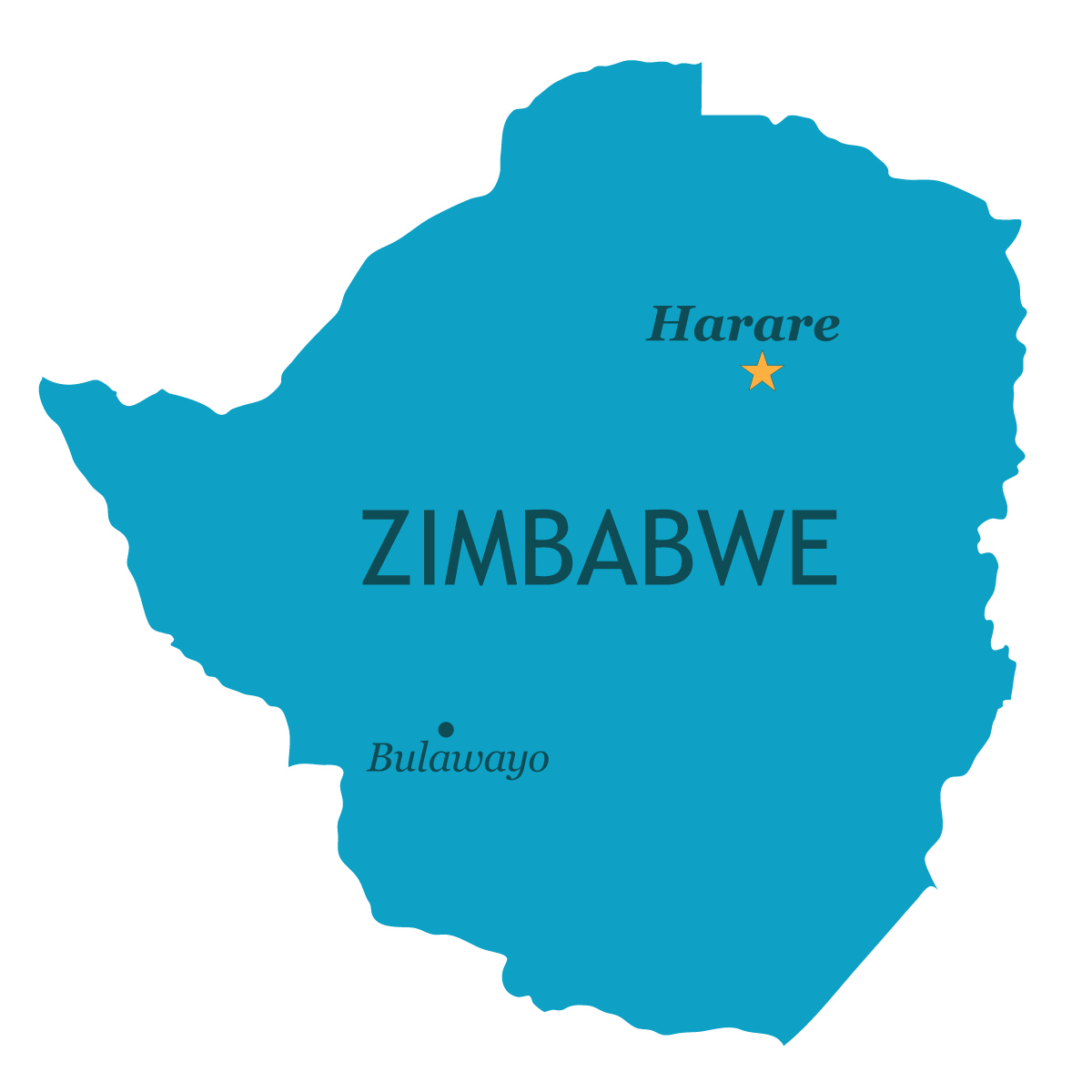
Zimbabwe
A landlocked country in Southern Africa, Zimbabwe is a land of unique architecture, delicious food, and outstanding natural landscapes. Gather your kids and let’s learn about Zimbabwe!
QUICK STATS
Zimbabwe is a landlocked country is Southern Africa, situated between two rivers, the Zambezi and the Limpopo. The country is bordered by Zambia to the north, Mozambique to the east, South Africa to the south, and Botswana to the southwest.
A brief history for kids to learn about Zimbabwe
Human settlement in Zimbabwe dates back at least 500,000 years ago. Historians believe the first known human inhabitants of Zimbabwe were the San people.
About 2,000 years ago, Bantu-speaking farmers arrived in the land.
Proto-Shona speakers began forming larger communities in the vicinity of the Limpopo River valley around the 9th century AD. A short while after, they began moving to the Zimbabwean highlands, which became the center of subsequent Shona states in the years to come.
Around the same period overseas trade with Arab merchants started to emerge. This contributed to the development of the Kingdom of Mapungubwe in the 11th century, known for trading gold, ivory, glass, etc. According to archeological findings, they developed a unique dry-stone architectural style.
The Kingdom of Zimbabwe eclipsed the Mapungubwe in the 13th century, further developing its architectural style and trade. As the kingdom started to decline in the 15th century, the Kingdom of Mutapa rose to power, ruling all of present-day Zimbabwe and parts of Mozambique.
The Mutapa began trading with the Portuguese in addition to the Arabs. Subsequently, the Portuguese sought to monopolize their influence in the area and began a series of wars, leading to the collapse of the Mutapa empire in the 18th century.
However, in the 17th century, a new Zimbabwean Kingdom emerged, the Rozwi Empire, which managed to expel the Portuguese from its area of rule.
In the beginning of the 19th century, a new Zulu clan emerged in the south, called Ndebele. The Dutch drove the Ndebele northwards and ultimately conquered the Rozwi Empire and other smaller Shona states.
In the 1880s, European colonists arrived on the land with Cecil Rhodes’s British South Africa Company. Rhodes obtained a concession of mining rights from the Ndebele king and soon established a company rule of the lands of the Ndebele and the Shona.
In 1895, the company adopted the name “Rhodesia” for the territory, in honor of Rhodes.
The company’s land was divided into Southern Rhodesia (present-day Zimbabwe) and Northern Rhodesia (present-day Zambia).
At the end of the 1890s, several Shona and Ndebele revolts sought to collapse the colonial rule, all ending in failure. As a result, the Europeans reorganized the land, favoring European settlements and displacing many indigenous groups.
Zimbabwe in more recent history
Due to a British referendum in 1922, Southern Rhodesia became a self-governing British colony. Rhodesians of all races served on behalf of the British Empire during the First and Second World Wars, more per capita than from any other part of the empire, including Britain.
Restrictions and discrimination based on race persisted into the 1950s, leading to the rise of African nationalist movements in the area. While neighboring past colonies such as Malawi and Zambia adopted multiracial democracy, Southern Rhodesians of European descent continued to enjoy minority rule. At last, the Rhodesian government issued a Unilateral Declaration of Independence from the United Kingdom in 1965.
After 15 years of guerilla war ignited by black resistance movements, de jure sovereignty as Zimbabwe was established in 1980.
Robert Mugabe became Prime Minister of Zimbabwe after winning the general elections. And, after converting the country’s parliamentary system into a presidential one in 1987, he became president.
Mugabe led with an authoritarian rule, which led to an economic crisis in the 2000s and violations of human rights. After years of mass protests, Mugabe resigned in 2017. He was replaced by Emmerson Mnangagwa, the current president of Zimbabwe.
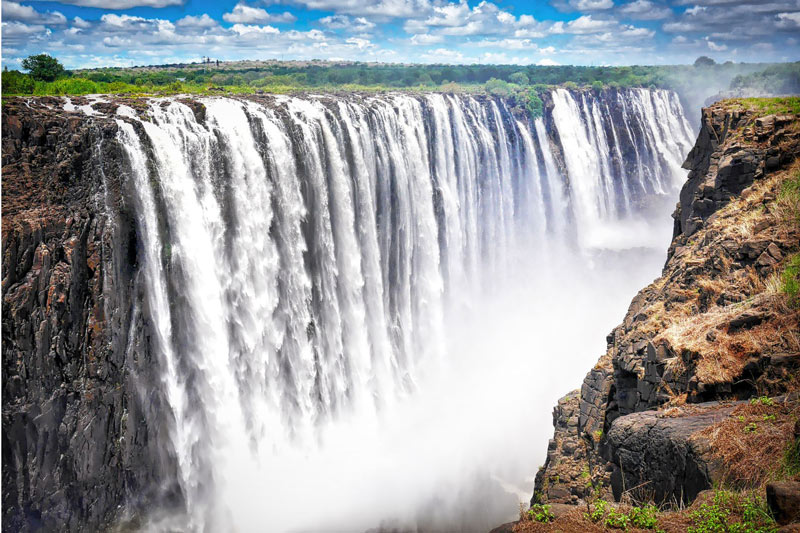
Fun facts about Zimbabwe for kids
- Due to the collapse of the economy in the 2000s, Zimbabwe’s government officially adopted foreign currencies such as the United States dollar, Euro, and Botswana pula, in hopes of reviving the country’s economy.
- It is illegal in Zimbabwe for the police to impound one’s vehicle on the road. The only exception is when a police officer asks the driver to produce his/her driver’s license.
- Mermaids are an inherent part of Zimbabwean folklore, and many in the past believed that they indeed existed. Traditionally, people often blamed mermaids for unfortunate events such as murder, kidnapping, and torture.
Zimbabwean food
While many European cuisines are based on wheat and various Asian cuisines are based on rice, Zimbabweans sure do love their cornmeal. Also known as “mealie meal” or maizemeal, Zimbabweans use cornmeal to make their staple food, sadza. Sadza https://www.princesstafadzwa.com/the-ultimate-guide-to-sadza/ is a basic thick porridge of cornmeal and water, served in countless variations and eaten every day by many.
They often serve sadza alongside a gravy or stewed vegetables such as chomolia (a local leafy green resembling spinach) and/or meat (typically stewed, grilled, or sundried).
You may also find sadza eaten with sour milk or dried sardines. Another popular cornmeal porridge is bota. This is generally lighter than sadza and thus, is a common breakfast.
Zimbabwean cuisine also widely uses rice and beans. Cowpeas (black-eyed peas) are common. Rice cooked with peanut butter, served with a thick gravy, vegetables, and meat is a local favorite.
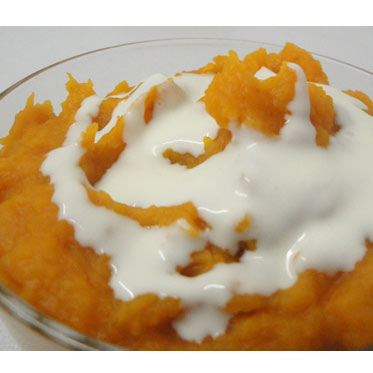

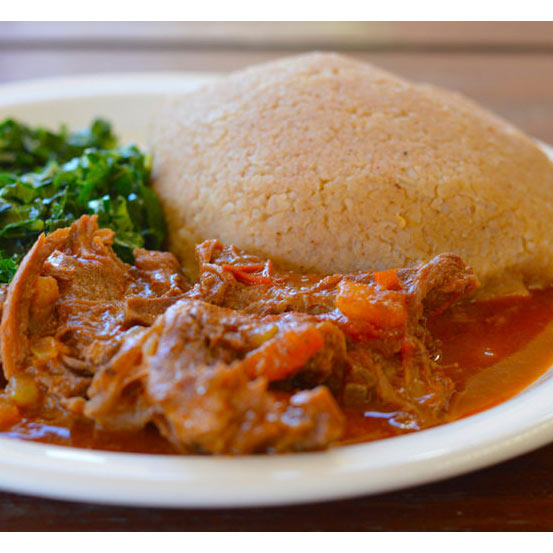
What do Zimbabweans eat? Facts for kids to learn about mealtime in Zimbabwe.
As previously mentioned, the typical Zimbabwean diet is highly dependent on cornmeal as a main source of carbohydrates.
They commonly eat sadza at least once a day for lunch and/or dinner. The lighter bota porridge is often the preference for breakfast.
Due to British influence, many Zimbabweans also enjoy 10 o’clock and 4 o’clock tea between meals.
Breakfast (7-8 am)
Most Zimbabweans would have a bowl of porridge in the morning (preferably bota, which is lighter on the stomach). To it, they may add sour milk, fruits, nuts, etc. Boiled yams are another common breakfast.
Lunch (12-2 pm)
For lunch, Zimbabweans usually eat sadza paired with vegetables (like this leafy greens and peanut butter dish) and/or meat.
As many people work throughout the day, eating leftovers from yesterday’s dinner is quite common. In more urban areas, sandwiches are another popular lunch option.
Dinner (6-8 pm)
Dinner is the main meal of the day for most Zimbabweans. It can either consist of sadza with various assortments, rice cooked with peanut butter, or a plate of mashed potatoes with gravy (sauce).
Stews served with sadza may be a beef stew, chicken stew, stewed greens, or others.

Food etiquette in Zimbabwe
In the Shona language, the right hand is called “rudyi”, which literally means “the one used for eating”. As it implies, most Zimbabweans eat with their right hand. Eating with the left hand is considered rude, even if one is left-handed.
Often families and friends share food, eating from a communal bowl or plate. One is expected to leave a bit of food on the plate to indicate that he/she is full.
Zimbabwean food by cultural group
More than two-thirds of Zimbabwe’s population are of Shona descent, making it the ethnic majority in the country. The second largest group are the Ndebele, originating from the South African Zulu, followed by Afrikaners of European descent.
Each group carries its own culinary traditions. Cultural interaction between the different groups is prevalent in the country’s cuisine.
Shona Cuisine
Shona culinary traditions make up a significant part of the country’s gastronomy. The affection for starch foods, porridges, peas, and Bambara nuts trace back to their Bantu roots in West Africa.
Shona cuisine widely uses groundnuts (peanuts) to flavor stews and porridges. They add peanut butter to many savory recipes, like this peanut butter beef stew.
Mutakura, a renowned Shona snack, is a mixture of maize (corn) and peanuts, sometimes with bambara nuts and cowpeas added.
Ndebele Cuisine
In addition to sadza, the Ndebele also favor isitshwala, a regional variation of the national staple.
This community raises cattle for the production of various dairy products. Isathiyane, which is porridge with fresh milk, is a local favorite.
Afrikaner Cuisine
Despite being a relatively small ethnic group in the country, Afrikaner cuisine and European gastronomy in general have a great impact on Zimbabwe’s food culture, especially in the urban areas.
Biltong jerky and boerewor sausages are beloved by all Zimbabweans. In more urban areas, the traditional stews and sadza are often replaced by sandwiches, fried/mashed potatoes, etc.

Holidays in Zimbabwe
Zimbabwe is a Christian-majority country, and many people celebrate Christian holidays such as Christmas and Easter. However, most Zimbabweans are of Shona descent, and ancient ceremonies and festivals from Shona culture and indigenous religions are still held, especially in rural areas.
Nowadays, annual music and dance festivals are held extensively around the country as well, celebrating Zimbabwean cultural heritage.
Marombo (March or April)
When the community’s crops are ripe, usually in March or April, the Shona conduct the Marombo ceremony to thank the spirits for what they have given.
The headman of each community collects a sample of each crop and addresses the crows. “Here are your meals, keep away from our fields”, he recites.
Then, he shows gratitude to the spirits and asks them for protection and prosperity in the year to come.
After this, two cobs of maize (corn) are roasted and given to the headman’s youngest child and a child from another family. Only then, can people harvest and eat their crops, cooking a delicious feast to conclude the ceremony.
Ukhuthethela
Ukhuthenthela is an all-night ritual, mainly performed by the Ndebele people in Zimbabwe (some Shona communities practice it as well). The goal of this ritual is to receive guidance from ancestral spirits when seeking advice.
Spirit mediums are invited to Ukhuthethela. With the accompaniment of ceremonial music, dance, and chants, they succumb to possession and, according to local belief, become the mouthpiece for the spirits to give their advice.
Christmas (December 25)
For most Zimbabweans, Christmas Day is one of the most important events of the year. The day starts with a church service, followed by house parties. Locals go from one house to another, visiting all their neighbors and loved ones. Everybody’s invited!
It is common for people to play loud festive music at the front of their houses, enjoying Christmas songs and other musical genres.
The food dish that is often prepared for this day is a flavorful pot of chicken and rice. In the past, chicken was considered an expensive meat in Zimbabwe, hence eating a chicken dish on such a day symbolizes wealth and prosperity.
At-home ideas for kids to learn about Zimbabwe
As a part of your homeschool Zimbabwe unit study or as a supplement to your child’s Africa unit at school, try some of these ideas at home!
- Take your kids to the border of Zimbabwe and Zambia with a virtual tour of Victoria Falls (one of the Seven Natural Wonders of the World). (This 360 video from National Geographic is a great start.)
- Sadza can be paired with countless dishes. Stews of meat, vegetables, legumes, and nuts – the options are endless. Choose a stew that your kids like and serve it alongside a bowl of Zimbabwean sadza (we have numerous recipes linked above).
- A mbira is a traditional Zimbabwean musical instrument. It consists of a wooden board with attached metal tines. The tines are played with the thumbs and the right index finger. Zimbabwean folk tunes, discussing the weather, folk tales, and feelings are commonly played on the Mbira. Have your kids listen to some Mbira music online. (This video explains a bit about the mbira, and this article gives a bit of history and tells about how the traditional instrument is being used today.)
- Zimbabweans love groundnuts (peanuts). They often use it in savory dishes. If your kids love peanut butter, try it in a dish from Zimbabwe like nhopi (butternut squash with peanut butter)or peanut butter rice.
- Get your kids in the kitchen and try making boiled peanuts, a common snack in Zimbabwe.
- This book, “Zandi Finds Ubuntu” looks to be a beautiful read-aloud with your kids set in Zimbabwe.



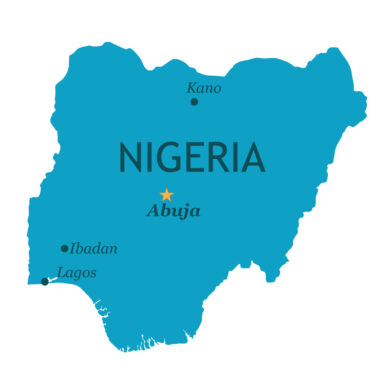


Have a Question/Comment?